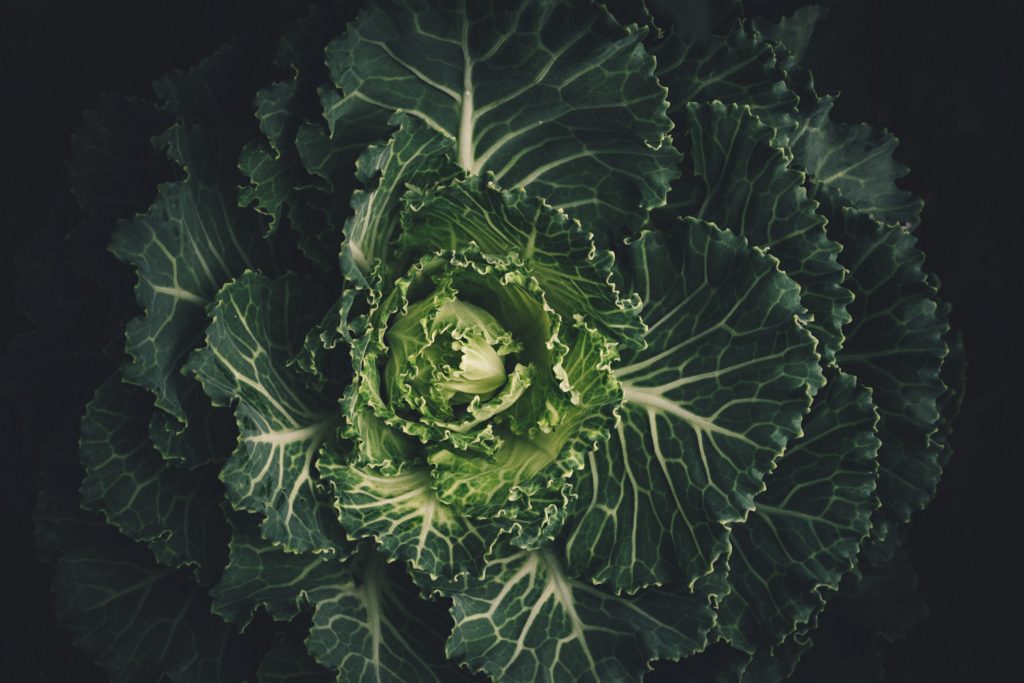All fields are required
Posted in E. coli,Outbreaks & Recalls on October 30, 2018

California’s lettuce growers are adjusting their food safety practice in light of the big E. Coli outbreak. No, not the E. coli outbreak that sickened hundreds who had bought lettuce contaminated by an irrigation canal in Yuma, Arizona; another other one, way back in 2006, when greens that had been grown in California caused some 200 people to get sick. Let’s take a look on how lettuce food safety and ecoli leafy greens are (hopefully) being taken seriously.
In the wake of that outbreak, California came to understand that they had a unique problem. Three out of four heads of lettuce in the United States were originally grown in California. The state is thus the largest producer of leafy greens in the nation, and indeed one of the biggest producers in the entire world. At the time of the outbreak, however, there was no industry-wide organization capable of coordinating food safety practices.
In response, the Leafy Greens Market Agreement was formed. Called LGMA for short, the agreement was designed to standardize different food safety practices across the statewide market. That way, lettuce growers didn’t have worry that their reputation would be wilted because an unscrupulous neighbor watered their crops with contaminated runoff; everyone should be on the same page, focusing on the same standards and improving the reputation and perception of the industry as a whole.
When an outbreak of foodborne disease this spring was traced back to lettuce that had been contaminated by a canal in the Arizona desert near Yuma, the LGMA was watching. They voted afterwards to update the standards they held themselves to in hopes of reducing the likelihood of a similar outbreak. The group assembled a task force to examine their existing standards and identify areas in which they could be improved.
The task force drew from several different professions associated with the business of growing leafy greens. According to the group’s website, the team included food scientists, growers and shippers, representatives from the FDA and CDC, bureaucrats on loan from the California and Arizona departments of agriculture, representatives of the food service and retail sectors, and members of consumer advocacy groups. They spent two months looking into the Yuma outbreak and identifying specific areas which could be bettered secured against a similar event.
First, the task force set themselves down to the task of figuring out how the Yuma lettuce had been infected with E. coli in the first place. They didn’t come up with a specific explanation, but they identified several likely factors. One was the tendency of lettuce to experience an “epidermal peel” in certain weather conditions, whereupon the outer layer of the plant detaches from the rest, providing an opening for pathogens to slip through. High winds and frost may also have contributed, they concluded, as did the proximity of a large nearby animal feed operation. Once the outbreak had been discovered, bad communication between federal agencies and spotty recordkeeping at lettuce distributors made back tracing the infected lettuce more difficult than it should be.
In light of these causes, they identified several contributing factors that could also be addressed. They recommended an updated Best Practices for the LGMA that better reflected environmental assessments and climatic conditions, and a provision that required LGMA participants to update their Standard Operating Procedures to evaluate said conditions. They called for more stringent requirements for traceback, removing “when available” language that previously gave growers some latitude, and recommended incorporating traceability protocols from the Global Food Traceability Center.
The recommendations also included changes to industry guidance and training. The investigators called for better data on late season growing practices, more rigorous traceability training, better sampling protocol, and guidance for growers who are operating near feedlot sites, as was the case in the Yuma outbreak.
The LGMA is an industry group, so it works differently than government regulations do. Participation in the bloc is voluntary, as is complying with the standards that they set out. That means that the update to the LGMA’s rules isn’t legally binding; it’s just a set of best practices laid out by the association, with members free to follow the rules or not without fear of regulatory sanction from the state.
The LGMA nonetheless has real power, and the industry is responsive to the mood of the market and the public. With concern about the safety of lettuce rising in the wake of the Yuma outbreak, there’s a strong market incentive to project a public image of an industry that’s responsive to those safety concerns and taking concrete steps to guard against further outbreaks. That makes it more likely that lettuce growers will opt in to go along with the program, and hopefully means that in the future outbreaks of pathogenic disease via leafy greens will be seen less often.
There are nonetheless significant hurdles to be cleared. Lettuce is one of the foods that’s most susceptible to outbreaks of foodborne disease. Pathogens can easily hide in the creases and folds of the plant, and the film that’s formed by some species when they’re cut during harvesting can act as a further protective layer that insulates pathogens from washing and disinfection efforts. Pathogens also can grow with the plant, which allows them to live inside the plant. Many people are unsure of how to best wash and prepare lettuce in the home to try and get rid of these stubborn hitchhiking stomach bugs. As a result, stories of foodborne illness spread by lettuce are all too common.
Will the new changes by the LGMA change any of this? Who knows! I suppose we’ll have to wait until the next winter season for lettuce to see whether or not the industry can make it through without another nationwide outbreak. The season starts up again in November. In the meantime, remember to stay safe out there, and don’t forget to wash your hands!
By: Sean McNulty, Contributing Writer (Non-Lawyer)
Notifications